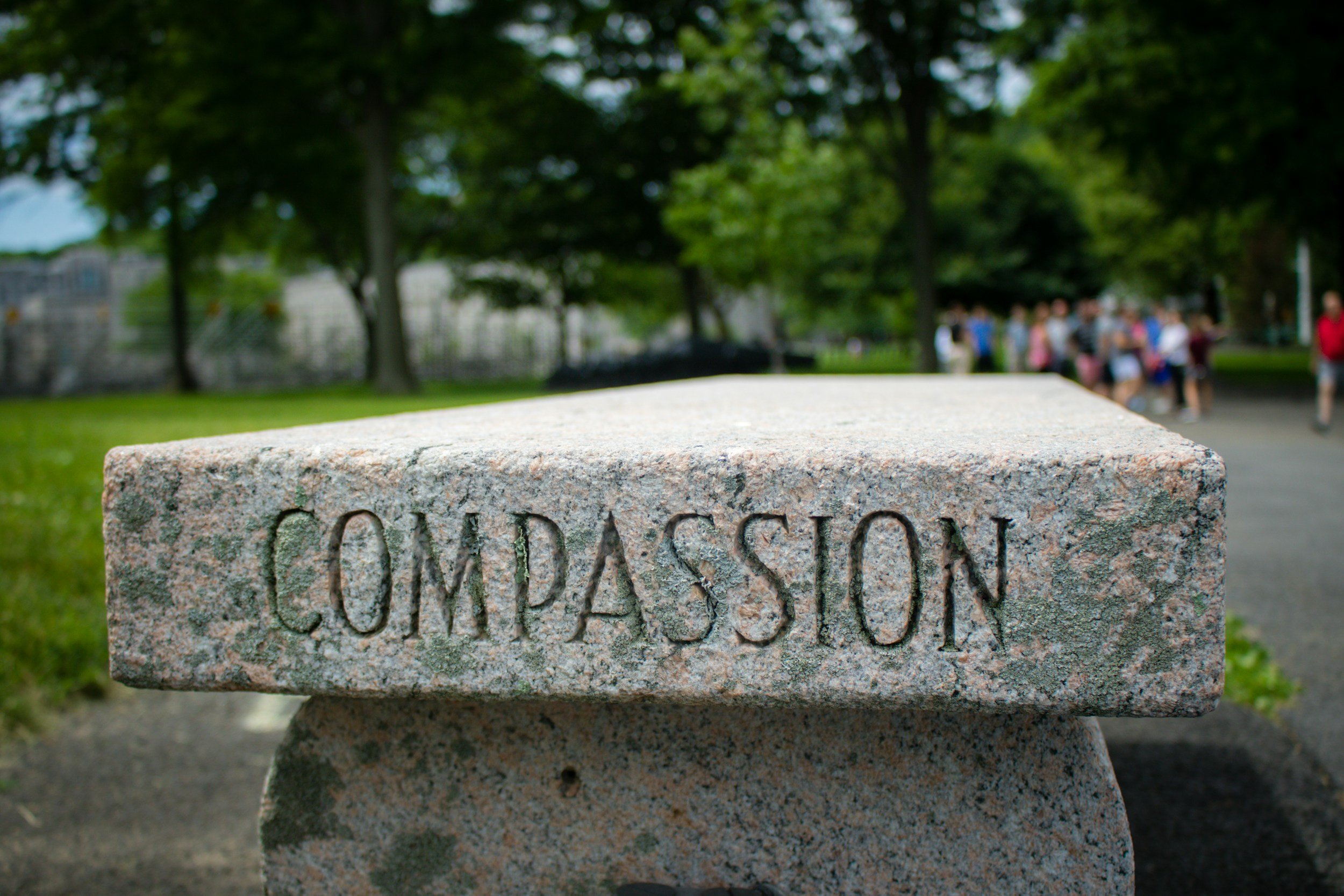
Embodiment
Is embodiment a noun or a verb? Embodiment may be considered a verb because it is a process that is both deliberate and engaging, rather than a static concept. Humans have a choice as to whether we fully engage in our experiences, partial engage, or complete check out.

Mind-Body Connection
The mind-body connection is the intricate, bi-directional relationship that exists between our thoughts, emotions, and physical health and the body. What is important to note here is that we are talking about a connection. The mind and the body are not two separate entities, rather they are interconnected and influence each other. There is growing research that is now demonstrating how both the mind and the body have the potential to impact cardiovascular health negatively and positively (Levine, 2019).

An Introduction to the Stigma Surrounding Sport and Performance Psychology and Athlete Mental Health
Mental health issues affect athletes at prevalence rates that are similar to the general population even with the belief that athletes are protected because of their highly active lifestyles (Petersen et al., 2023). And yet, stigma continues to be an issue for athletes when it comes to seeking support from a mental health professional or sport and performance consultant (SPC). Let’s begin our discussion because when we start to talk about mental health and sport psychology consulting we begin to break the stigma.

What is Sport Psychology? What Sport Psychology is Not?
In a previous blog post, we discussed mental health and mental health stigma. Now it seems appropriate that we bring up sport psychology to understand more about what sport psychology is and what it is not. And, yes there still is stigma and misunderstanding surrounding this branch of psychology.

Remember the Importance of the Nonverbal in Athletes: Language of Postures and Gestures
The body is the instrument of the athlete and as such there are many ways the body communicates. We often think of verbal communication first, but what the body conveys in terms of the nonverbal is also an essential element for athletes to consider. So let’s bring the nonverbal back into the conversation.

Mental Imagery or Sport Imagery Practices for Athletes to Enhance Performance
But what about a technique that does not require physical practice that helps improve motor learning? Enter mental imagery, sport imagery or visualization.

The Masks We Wear: Through the Lens of Persona, Masking, and Code-Switching
This is the time of year when people who celebrate Halloween begin to think about their costumes or maybe they already have their costume picked out by this point. Some of these costumes may include a mask to create the desired effect. Masks, however, serve other purposes besides dressing up for Halloween, and some of these purposes and variants will be discussed in this post.

Changing the Stigma Surrounding Mental Health
Mental health and stigma are words that are often used together, though there is hope for a future where that is not the case. The stigma surrounding mental health is insidious, embedded on many levels and can have harmful consequences. This post hopes to explore the topic of mental health stigma in hopes of inspiring everyone to do their part to help break this stigma, which can only be done if we all work together.

Why Mental Health?: Through the Lens of Emotional Regulation, Social Connection, and Systemic Environmental Systems
Yes, mental health. I said it, and it is a topic that must keep coming up because of how essential it is to our overall well-being and quality of life. Mental health, like physical health, exists on a continuum (Menefee et al., 2022). Think about this as shades of gray between white and black. Mental health is not all or nothing nor is it an isolated aspect of being human. Mental health is linked to our physical health, emotional well being, and social relationships.

The Power of Narrative and Reframing
We often craft narratives or stories in our head about events, experiences, people, places, etc., which, given what the brain is programmed to do, makes sense. In the process, we may adjust, add, or omit facts or aspects to make the story fit. When we craft narratives or stories our brain accesses the parts that are involved in emotional, processing, memory, and social cognition (Martinez-Conde et al., 2019). While there is plenty of neuroscience research that talks about the specifics, we will not dive into that here and now. If you would like to, the research is interesting and Google Scholar is a great tool for investigating this topic. Our focus takes us down a different path.

Welcome Autumn!
The green of summer fades into fiery reds, dazzling yellows, and soft oranges. The flowers of summer bear fruit and we begin to enjoy winter squash, apples, cranberries, and sweet potatoes. Along with the unique astronomical phenomena and the beautiful change in color palette, this time of year often elicits different themes that invite reflection.

Emotions: Mind and/or Body
Have no fear, we are not going to talk about neuroscience today regarding emotions. Instead, we are going to investigate something about emotions. Do emotions begin in the mind or the body? Before you keep reading, take a guess about the answer. Most importantly, keep track of your train of thought about how you arrived at this answer.

Inviting Self-Compassion
Self-compassion is totally different from being self-centered or self-indulgent. These terms are often conflated and a detriment to self-compassion, and to us and our mental health. While the blog on this website has brought self-compassion before, this post really makes self-compassion the focus for inclusion in everyday life.

Mindfulness and the Mind-Body Connection
The body gets lost in the mix. So, what do you think happens? The body loses trust in you that it will be heard or listened to in times of challenge and in times of peace. So the lesson becomes about building that trust back.

Porges Polyvagal Theory: The Six States of the Autonomic Nervous System
Polyvagal Theory was introduced by Stephen Porges, PhD focuses on the role of the autonomic nervous system, particularly the vagus nerve, as it relates to the physiological/psychological states related to our daily behavior. There are three defining principles (Polyvagal Institute, n.d.):
Hierarchy of the Autonomic Nervous System (ANS) per Polyvagal Theory (PVT)
Neuroception
Co-regulation

What is the Difference Between Self-Worth, Self-Esteem, Self-Confidence, and Self-Efficacy
The concepts of self-esteem, self-confidence, and self-efficacy tend to get thrown around a lot and often interchangeably. And yet, they mean different things. Furthermore, how one works to address these different concepts is also different. Thus, it is worth taking the time to break these down.

Psychological Factors and Sport Injuries: What a Sport and Performance Professional Can Do? Part 2
In Part 1 of this post, there was a big information dump. This post picks up with an example. Hopefully, there has been enough time between the two posts to allow for different thought processes to occur to help with integrating the material. Let’s remind ourselves where we are headed. The example that we will discuss today is of a female-identifying athlete with an anterior cruciate ligament (ACL) injury to help demonstrate the nuance required of a sport and performance professional (SPP) to help an injured athlete.

Eating Disorders in Male Athletes
There has been a lot of focus on female-identifying athletes and eating disorders. While necessary and important, it is essential to not forget about male athletes. They are also susceptible to eating disorders.

Sexual Orientation Stigma in Sports
There are often topics in sport and sport psychology that are challenging to discuss given that, in many ways, sport is a microcosm of the larger culture. That said, many athletes remain silent about important issues and aspects of their lives, such as sexual orientation. So what can be done by sport and performance professionals (SPPs) to support athletes who continue to hide this aspect of their lives in order to continue to play?

Psychological Factors and Sport Injuries: What Can a Sport and Performance Professional Do? Part 1
When looking at the topic of injuries and injury prevention and rehabilitation, much must be attended to to provide the best care to an athlete. Sport injury risk is multifactorial, and any prevention program must account for this nature (Gledhill et al., 2018).